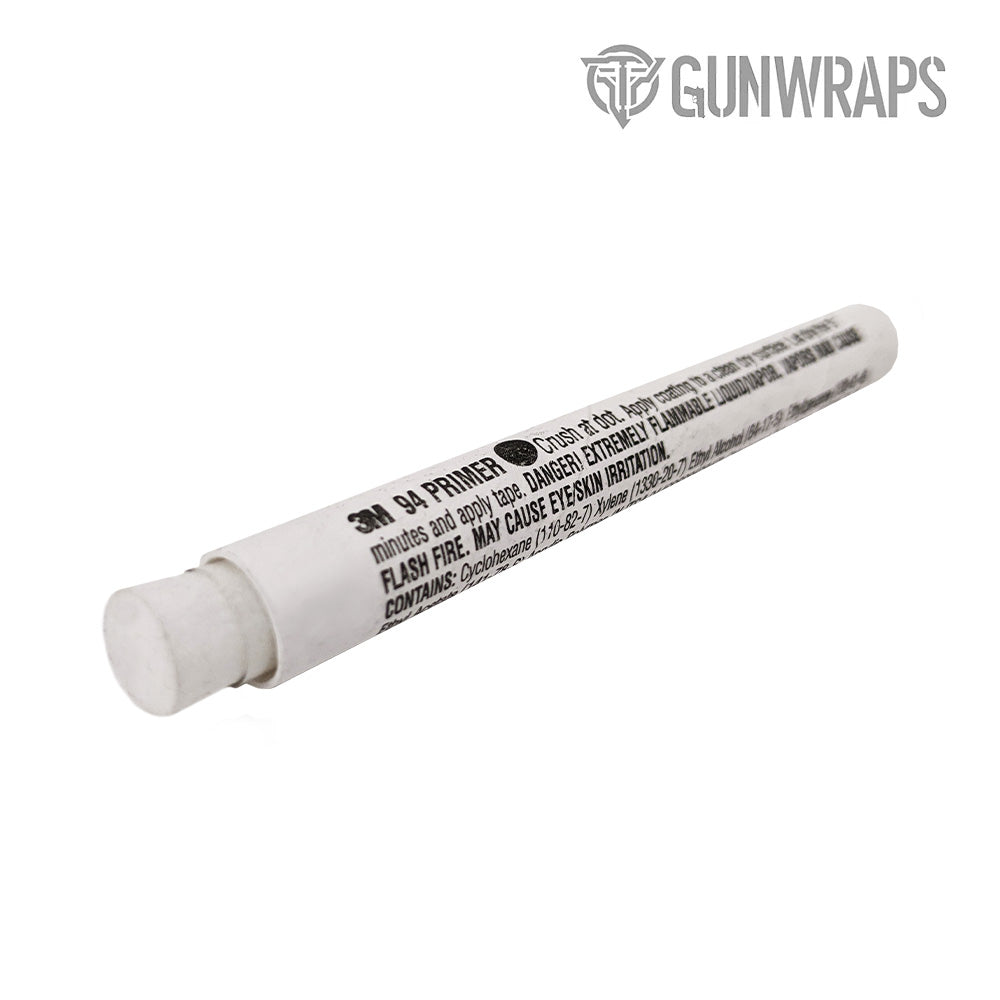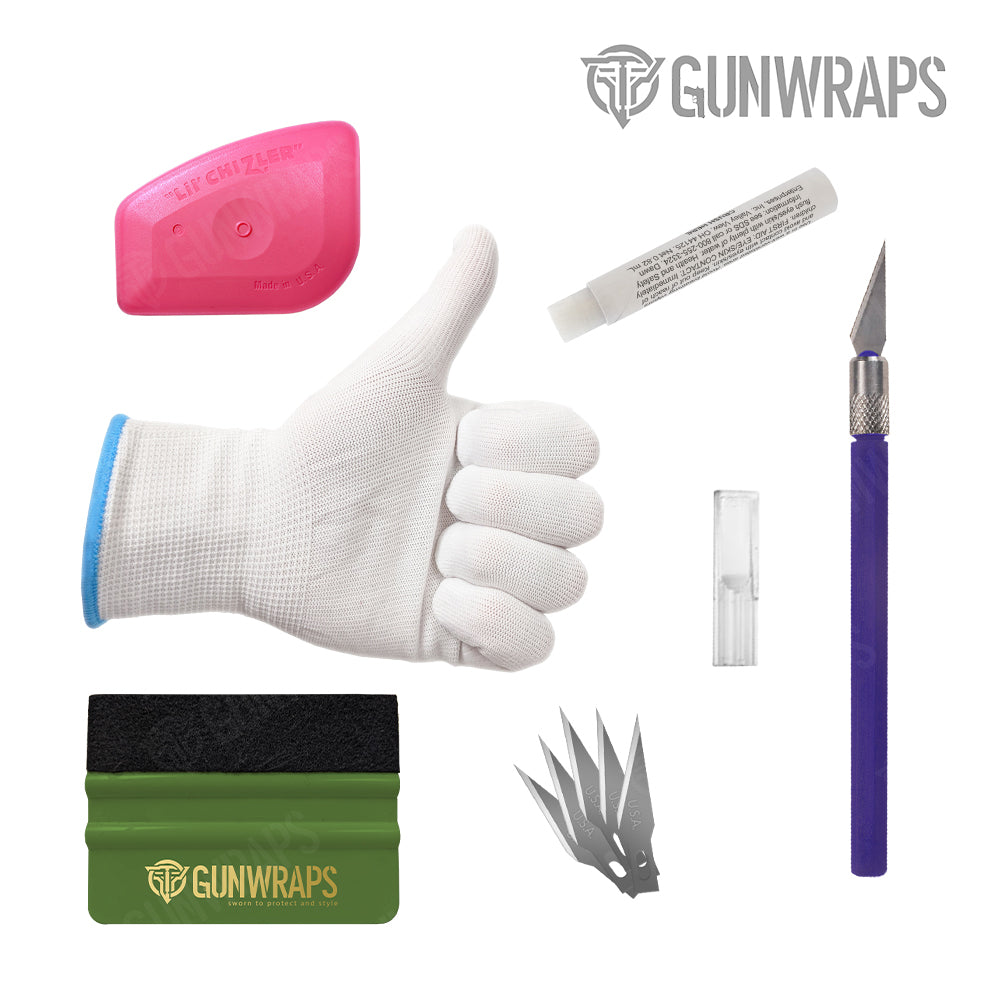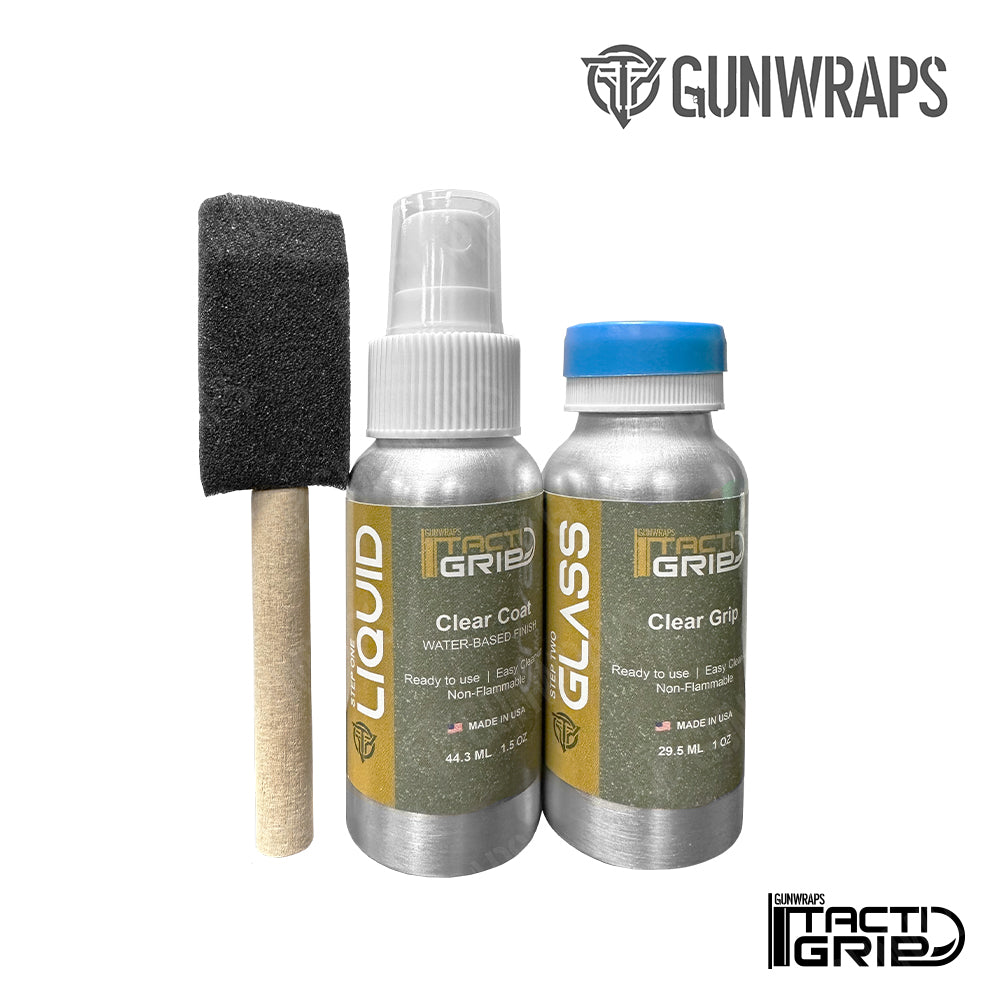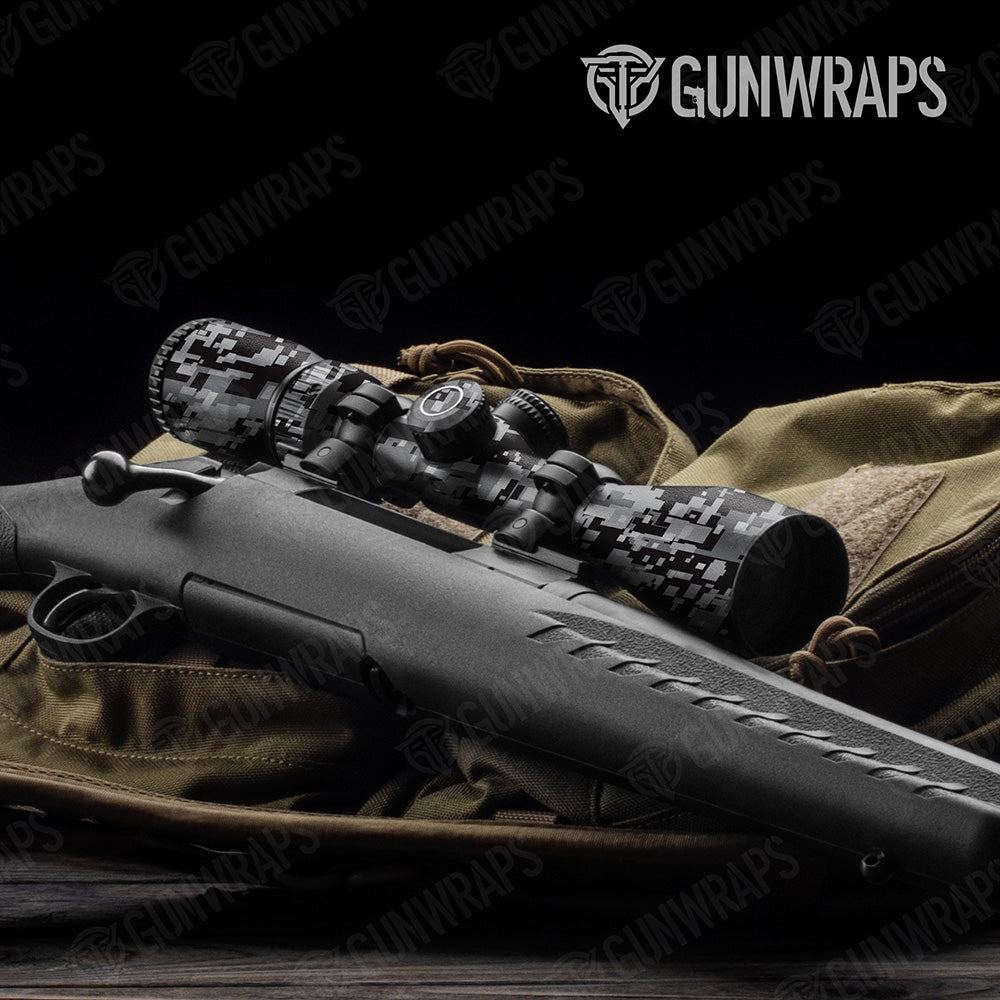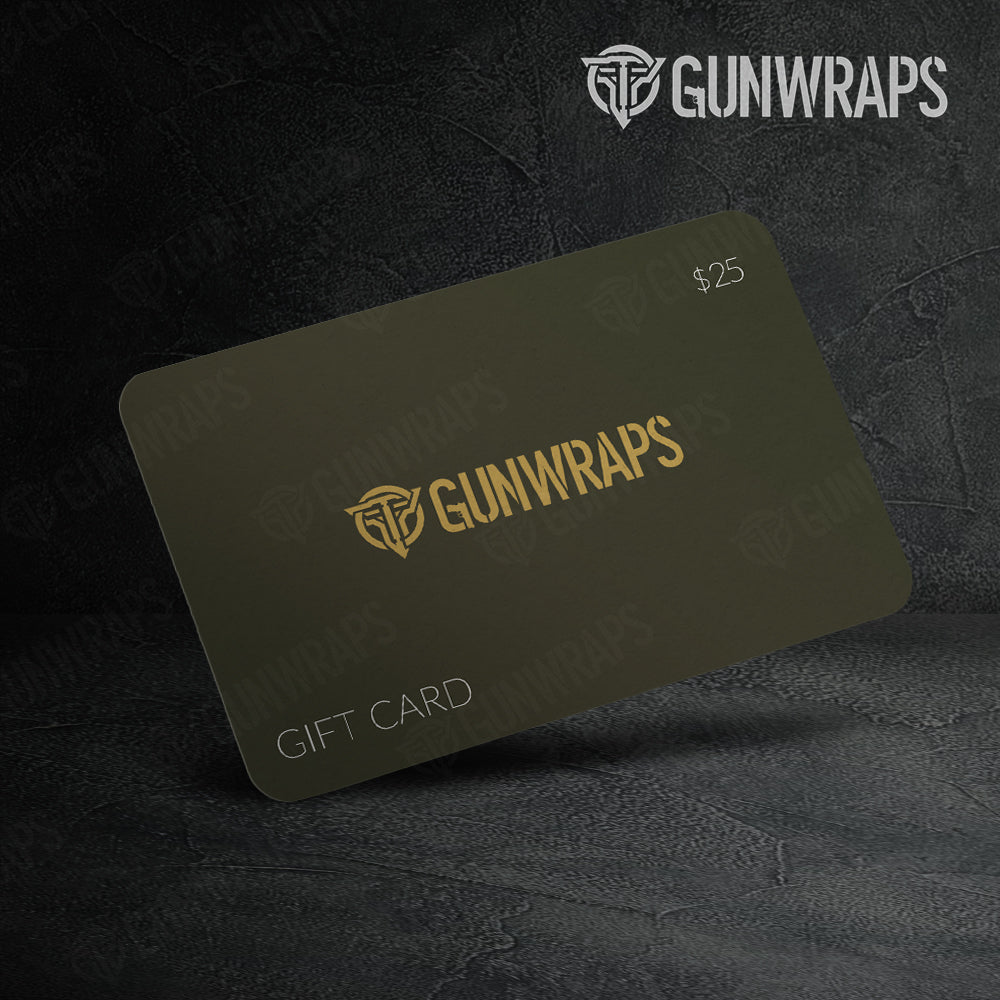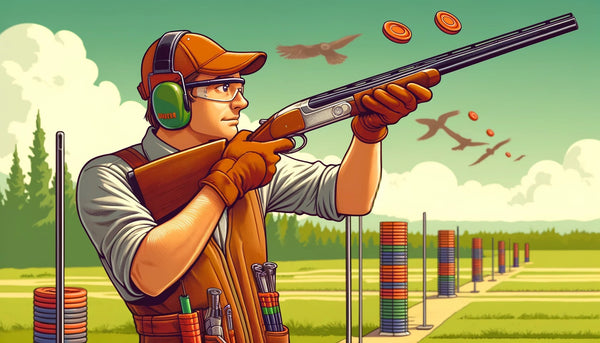
Essential Gear for Clay Pigeon Shooting
- Firearm: A shotgun is your tool of choice here. There are various models tailored for clay shooting, but many often prefer over-under shotguns for their balance and reliability.
- Ammunition: While personal preference plays a role, #7.5 or #8 shots are common choices.
- Eye and Ear Protection: Safety is paramount. Always wear safety glasses and earplugs or earmuffs when shooting. For more essential tips for gun safety, be sure to visit our detailed guide..
- Comfortable Attire: Wear layers you can easily shed or add according to weather conditions. Shoes with good traction are also vital.
- Vinyl Wraps: Looking to personalize your firearm? GunWraps offers high-quality vinyl wraps, including some of the best hunting camo skins, that give your firearm a unique look and an added layer of protection.
The Fundamentals of Shooting Clays
Stance and Grip
- Stance: Stand with your feet shoulder-width apart. If you're right-handed, your left foot should be slightly forward and vice versa. This provides a stable foundation and allows you to swing your gun smoothly.
- Grip: Hold the shotgun firmly. Your dominant hand should grip the handle while the other supports the gun's weight, placed under the barrel.
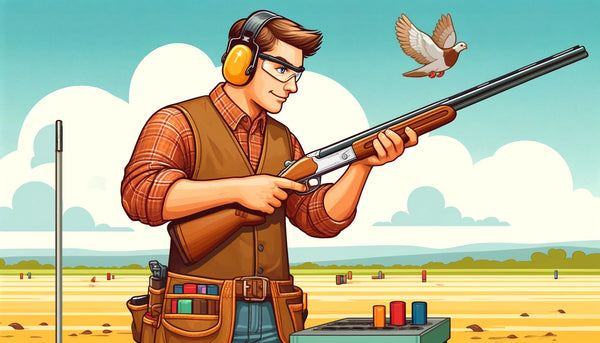
Mounting the Shotgun
Focus on the Target
Trigger Discipline
Follow Through
Pro Tips for Perfecting Your Shot
-
Practice Regularly: Like any sport, practice is crucial. Frequent trips to the shooting range can help cement the basics and provide numerous benefits of training at a gun range.
-
Analyze Misses: Instead of getting frustrated with a miss, analyze it. Were you ahead or behind the target? Adjust accordingly for the next shot.
-
Seek Professional Guidance: If you're new to the sport, consider lessons from a professional instructor. They can provide invaluable tips tailored to your strengths and weaknesses.
-
Join a Club: Joining a clay shooting club can offer opportunities to shoot regularly, get tips from experienced shooters, and even participate in competitions.

